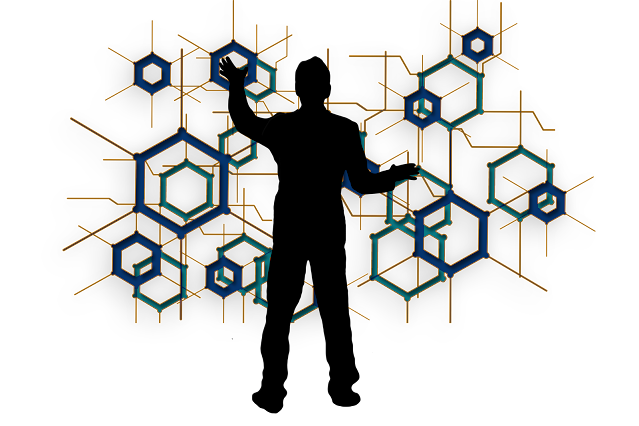If you want
to learn Microsoft Excel from Basic to Advanced, then you are at the right
place. We will help you to learn Microsoft Excel.
The first
thing I want to tell you is the syllabus. If you want to become an expert in
Microsoft Excel then you will learn the following topics.
Microsoft Excel Course | Class-1 | MIS Training
Complete
Microsoft Excel from Basic to Advance
There are the following four modules to learn to complete Microsoft Excel.
Module-1: Basic Excel
1. Excel Tools,
Sorting & Filter, Function & Formulas, and Array Functions.
2. Statistical
Functions (CountIf, SumIf, AverageIf, Sumproduct, etc)
3. Database
Functions like DSUM, DAVERAGE, DMAX, DMIN, DLOOKUP
4. Text Functions
like TEXT, LEFT, RIGHT, MID, and Text Join.
5. Conditional Formatting
Error Handling and Protection etc.
6. Date & Time
Functions like DAYS, EDATE, EOMONTH, DAY, DATEIF
7. Logical Functions (Switch, If, Ifs, AND OR NOT Iferror, etc)
Module-2: Advance Excel
1. 16 Types of Indirect
Functions (Look UP Functions)
2. 75 Types of
Vlookup/Hlookup Functions
3. 30 Types of
Index and Array Functions
4. Pivot
Table/Power Pivot Table (Basic to Advance)
5. Slicer/Timeline,
Inquire, Flash Fill Cluster
6. Dash Functions,
Power Query, Power mapping
7. Web Queries and
50 Types of Offset Functions
Module-3: Analytics Projects
1. Data Fetching
and Data Collection
2. Data Cleaning Formatting & Error Handling
3. Dash Board
Management Training
4. 22 Types of
Charts & Sparklines
5. 25 Types of
Dynamic Charts & Form Controls Utilization
6. 10 Types of
Dashboard & Dashboards KPIs
7. Live Dashboard
doing Practice
Module-4: WFM & power bi training
1. Planning (Flow
Chart of Implementation)
2. Resource
Management (Staffing & Manpower Hiring)
3. Scheduling
(Rostering & Time Management)
4. Forecasting and
Budgeting (Analysis)
5. KPI Dashboard
6. Sales Dashboard
7. BI and RCA
Dashboard
Topics of Microsoft Excel Class-1
1. Auto Fit:
Alt+O+C/R+A
2. Auto Format:
Alt+O+A
3. Insert Row &
Column: Alt+I+R/C
4. Insert Normal
Serial Number: A+1 (Drag Down)
5. Dynamic Serial
Number: Subtotal
6. Freeze System:
Alt+W+F+F
7. Filter:
Ctrl+Shift+L
8. Difference
Between Normal & Dynamic Serial Numbers
9. Flash Fill:
Ctrl+E
Enroll Now: www.imtanalyst.in or www.imtanalyst.com
About Us
Blazing-Tech
and Learning Center provides skill-based educational training and IT services
across India.
Address:
Naya Nagar Market at Farrukhabad Road Dara Sarai Samdhan Gursahaiganj Kannauj
209722.
Mobile: +91
– 9999653819
Email Id: info@btlc.in and info@imtanalyst.com
Website: www.imtanalyst.com and www.imtanalyst.com




























